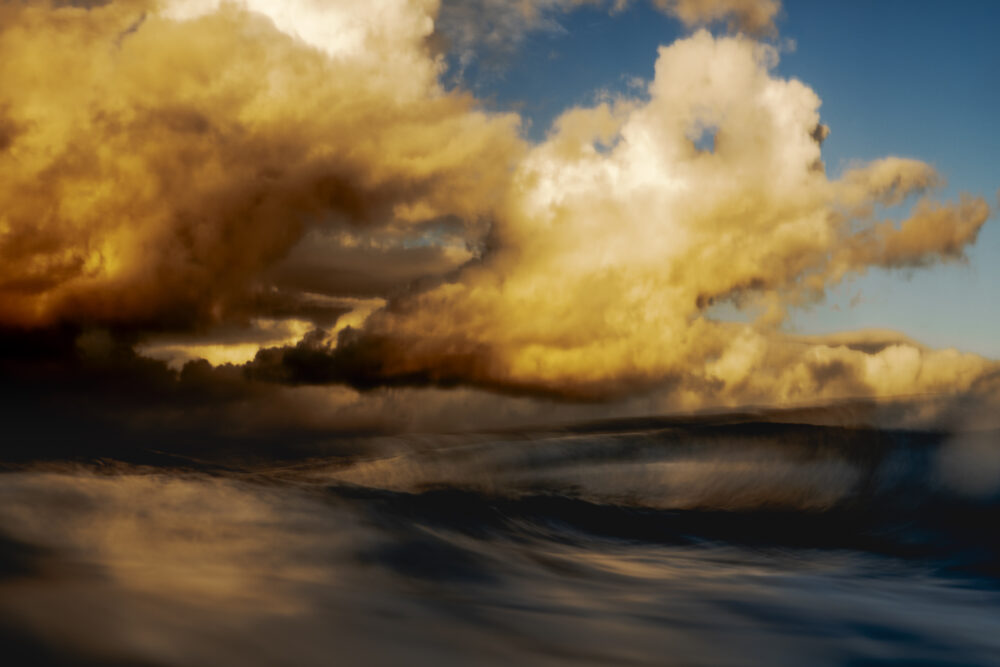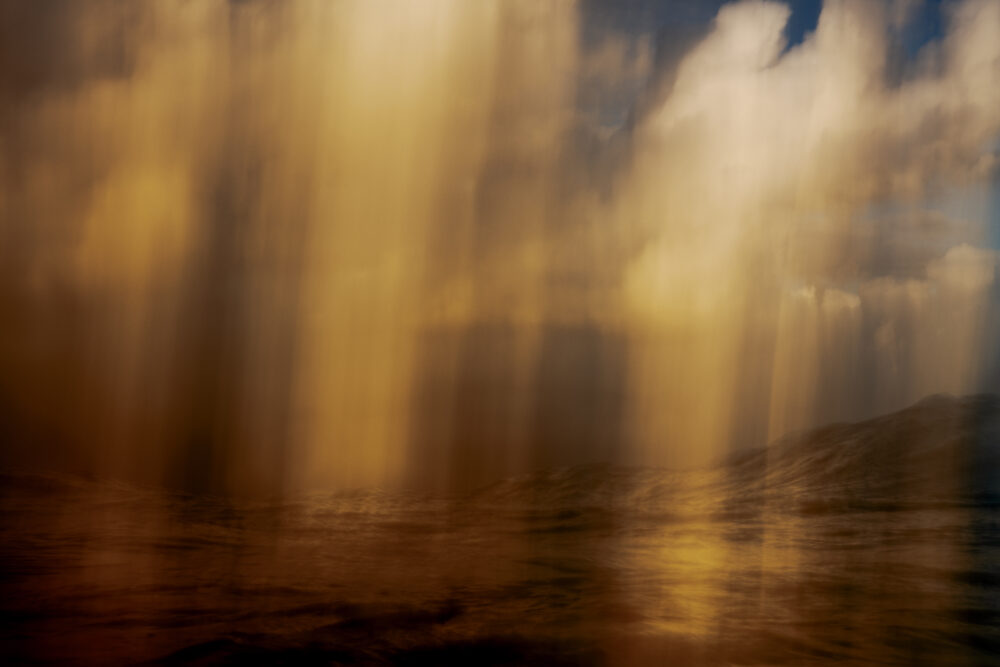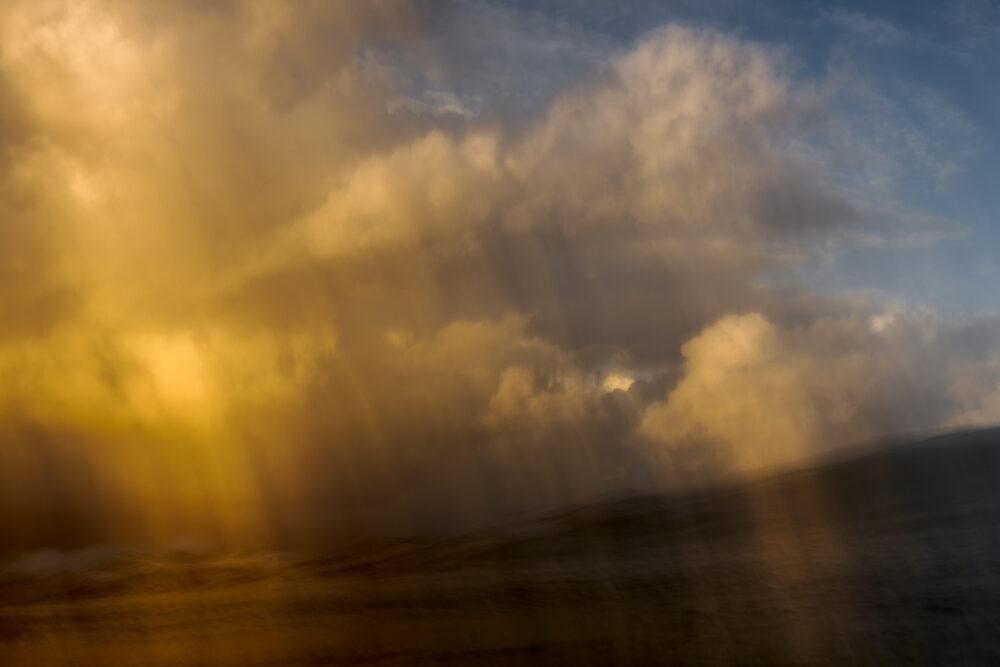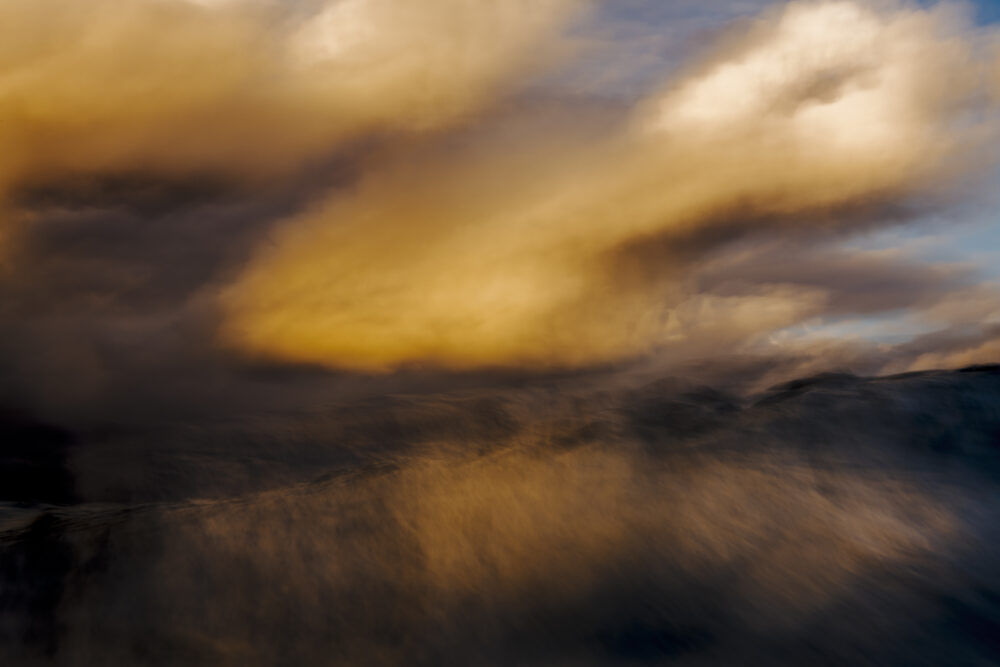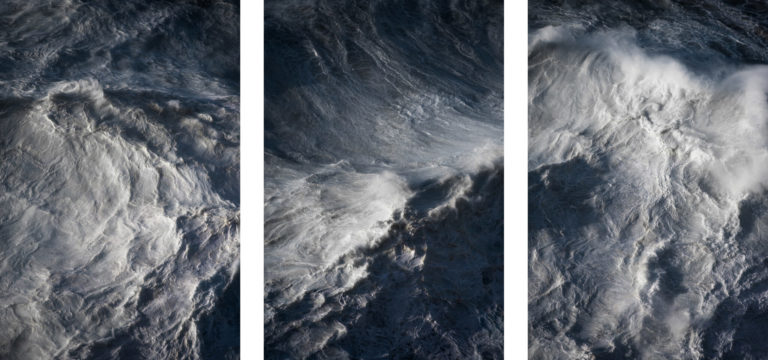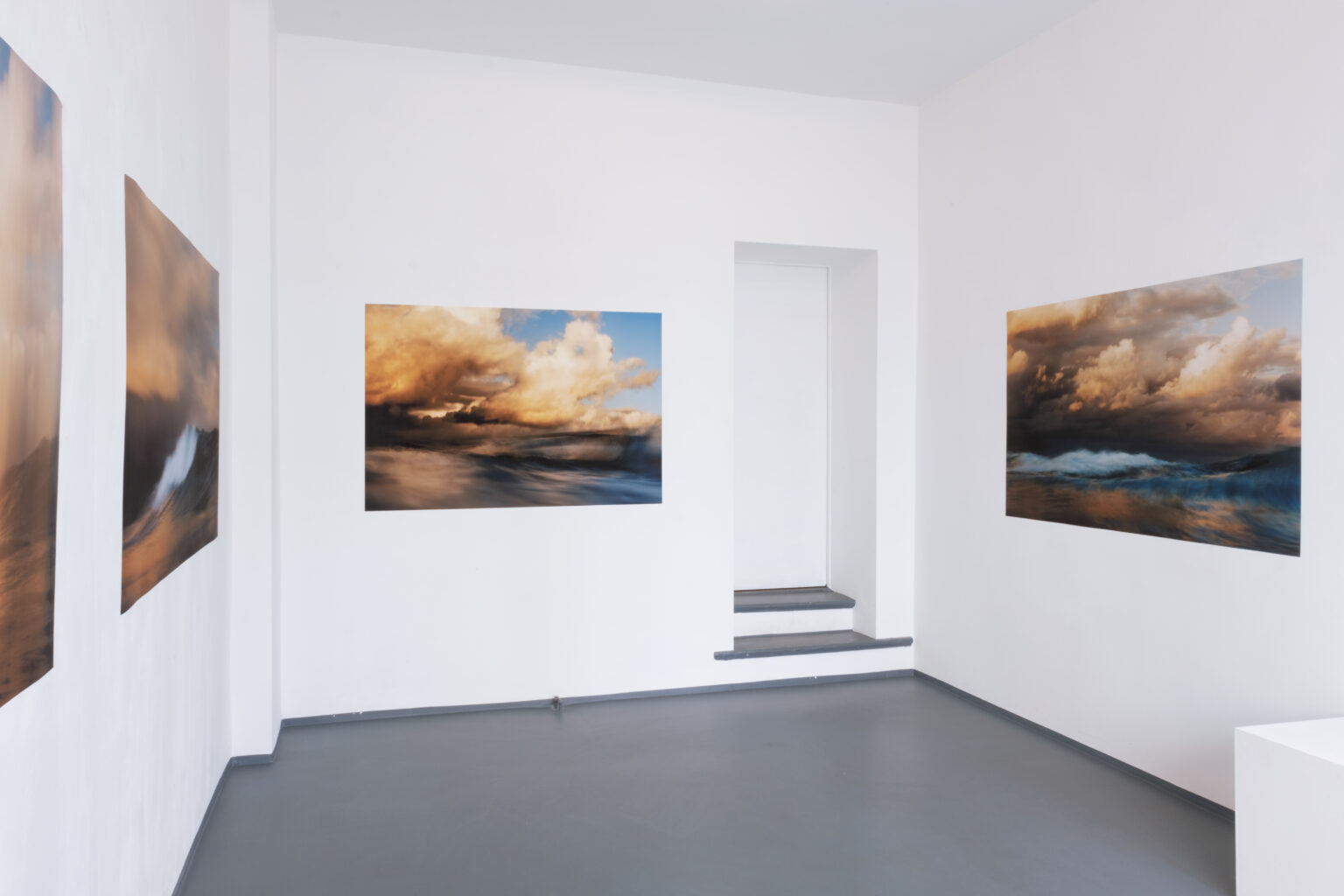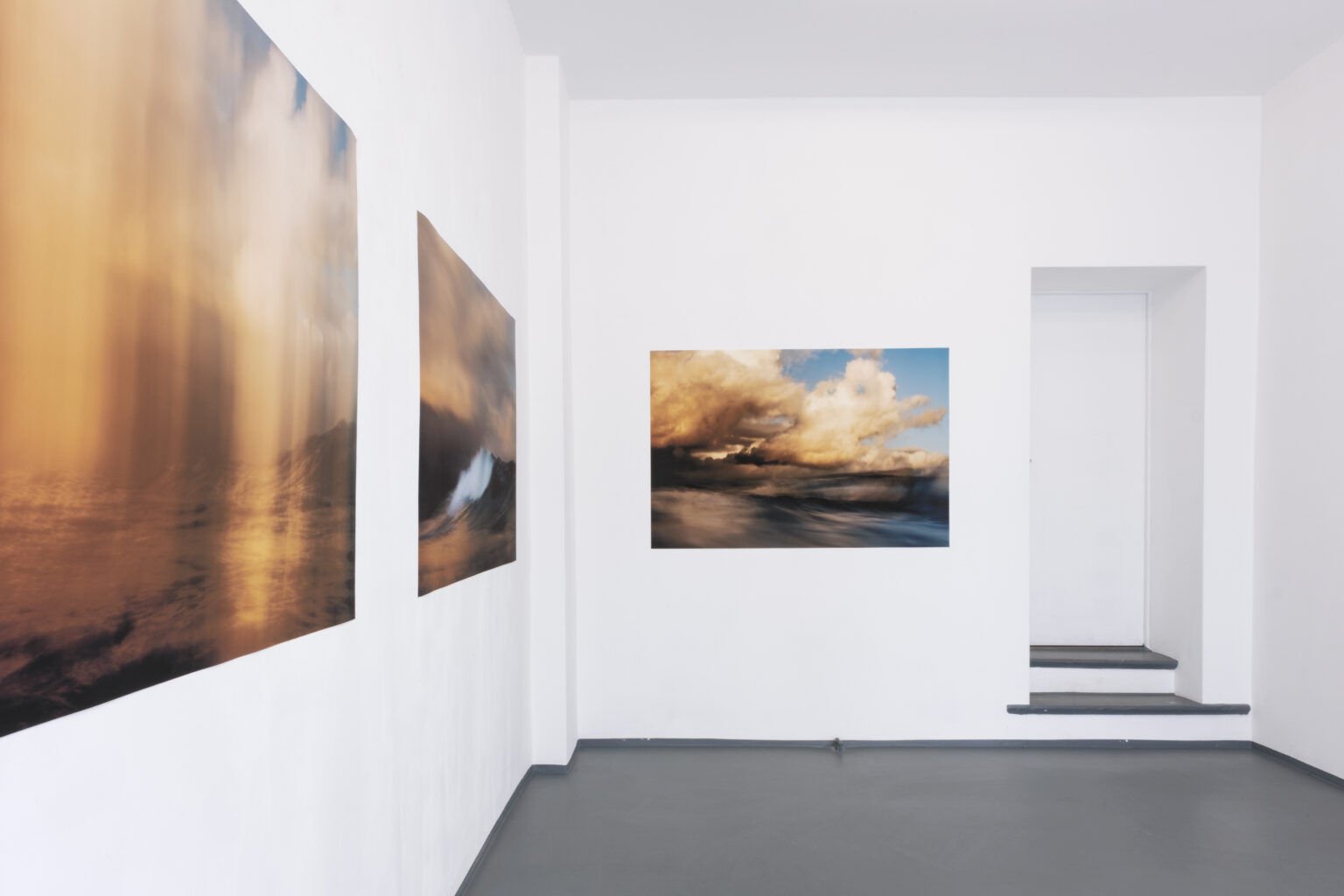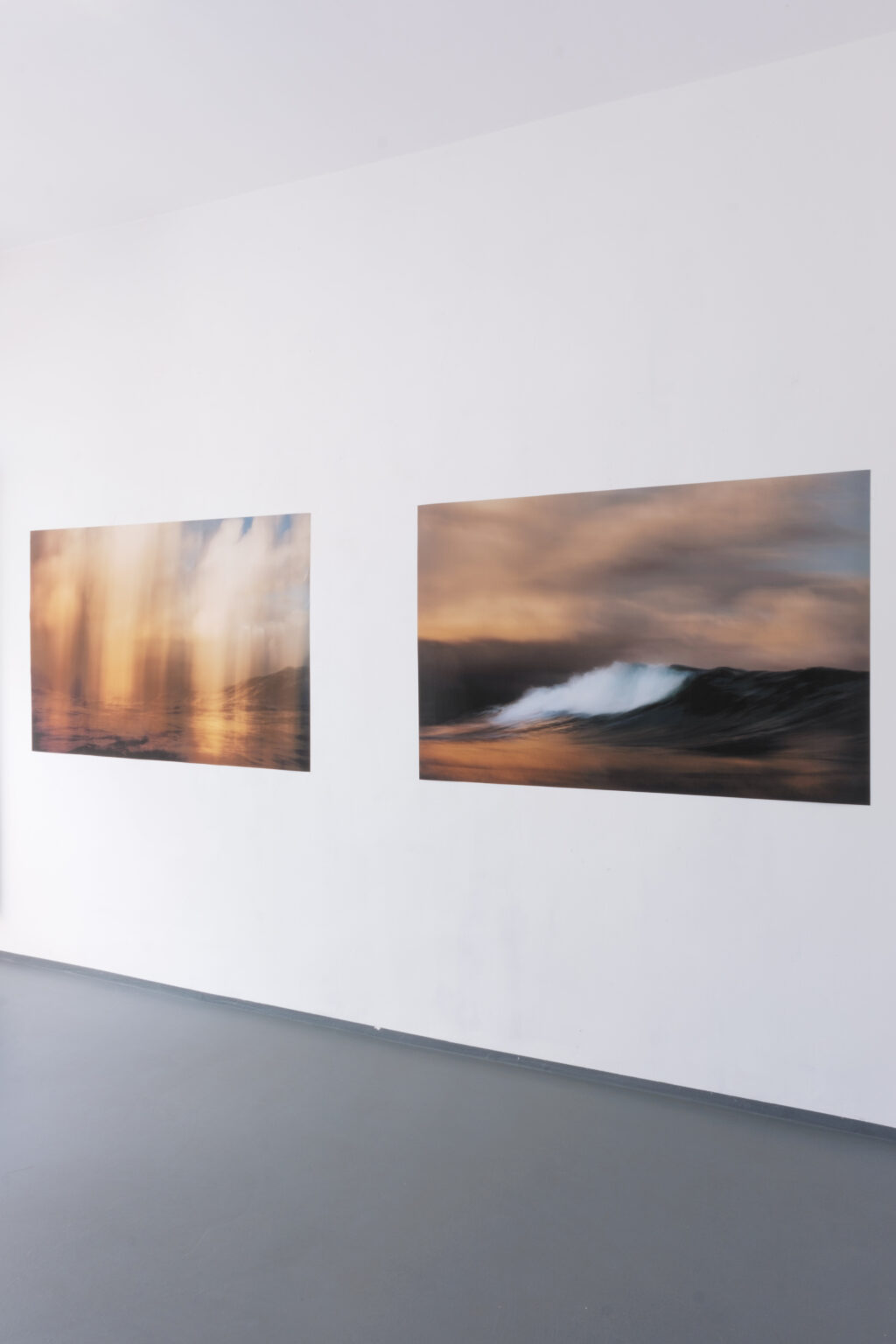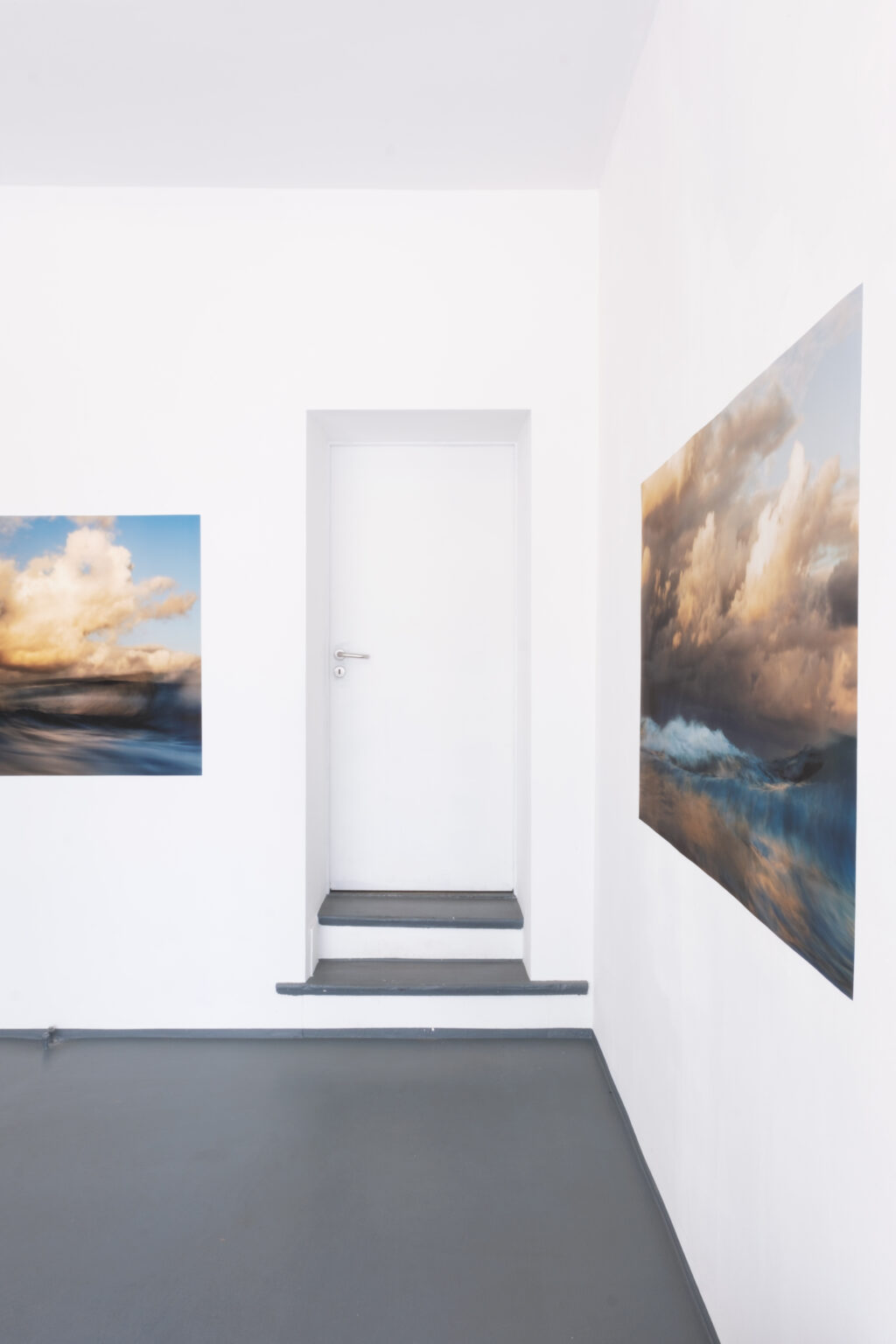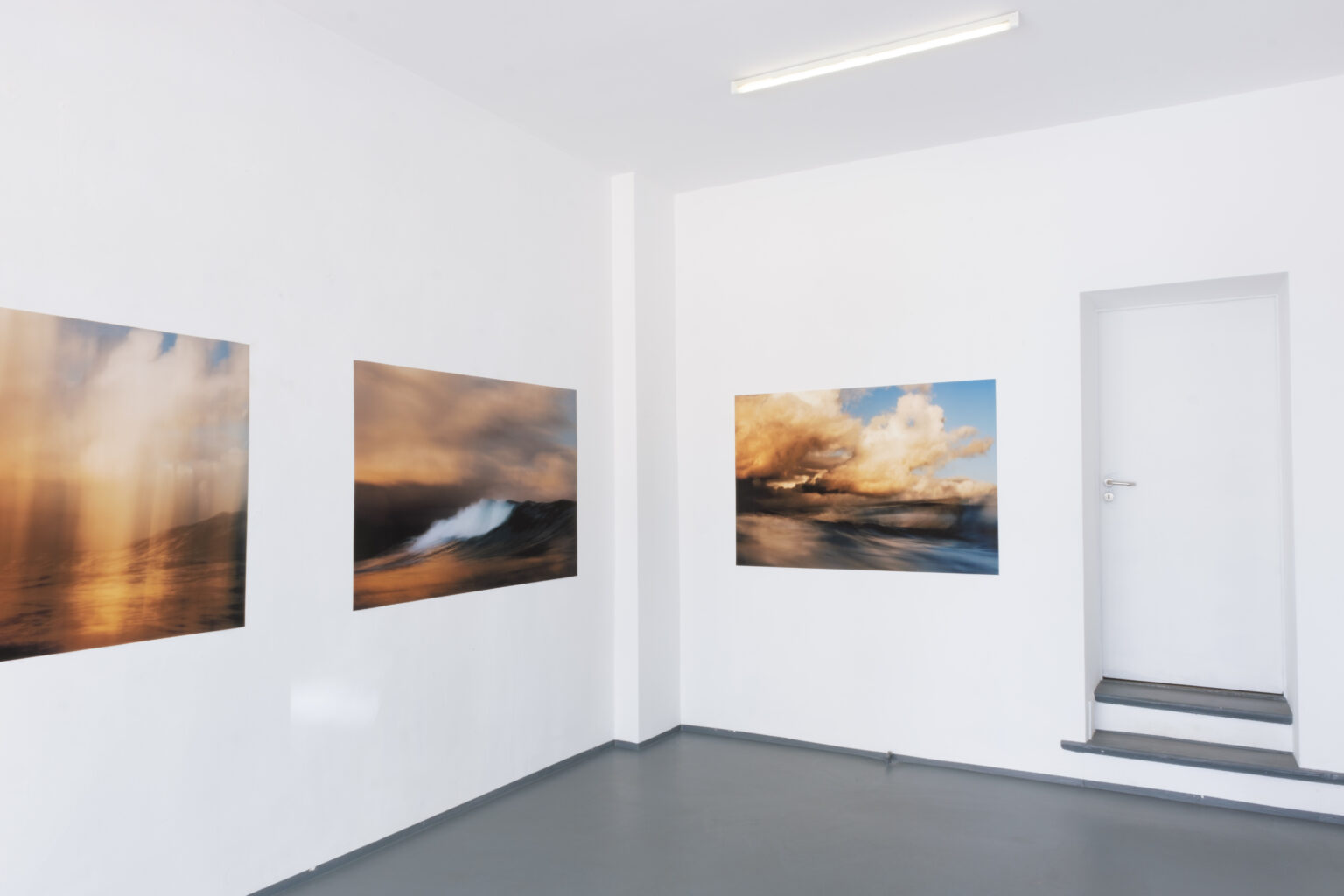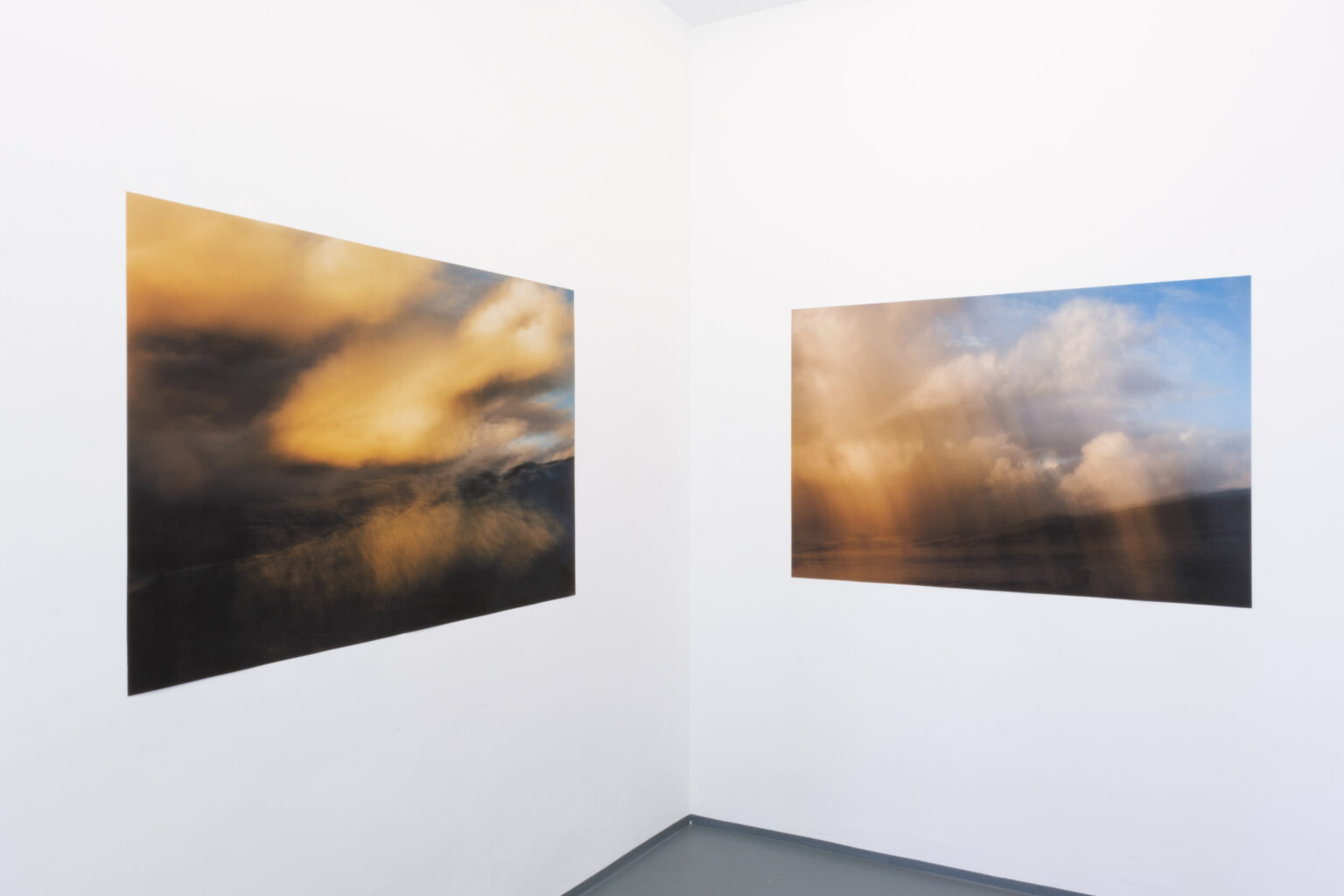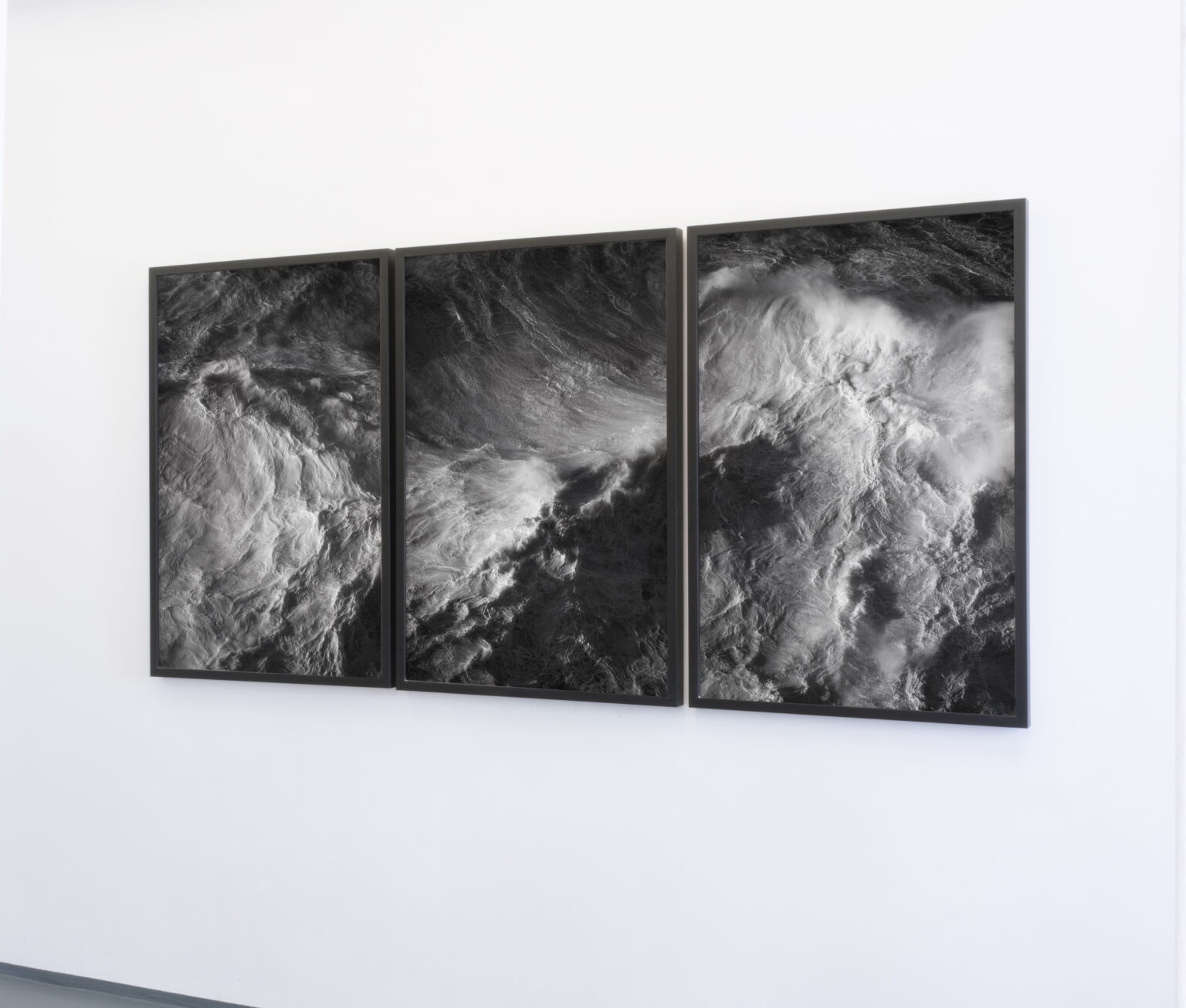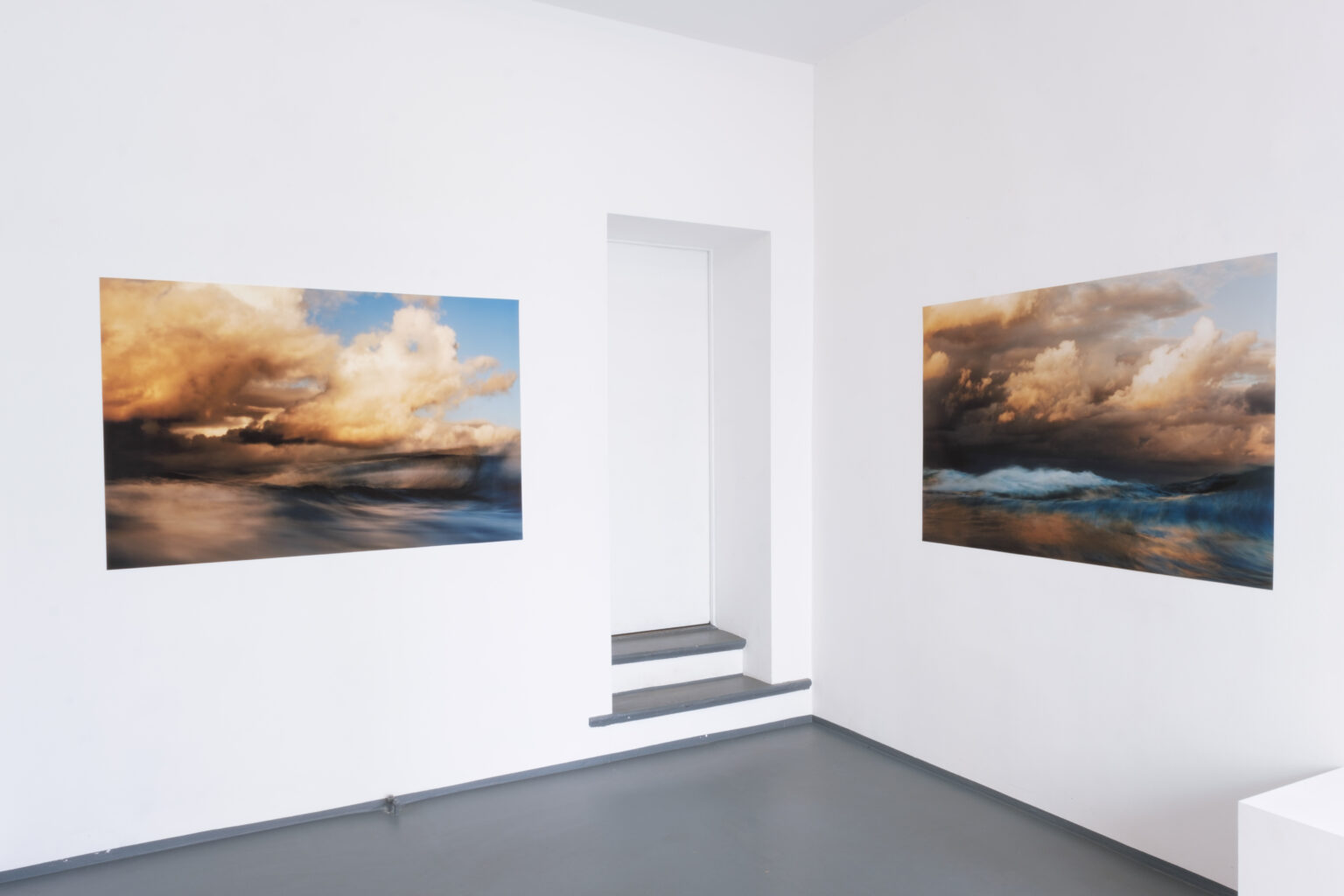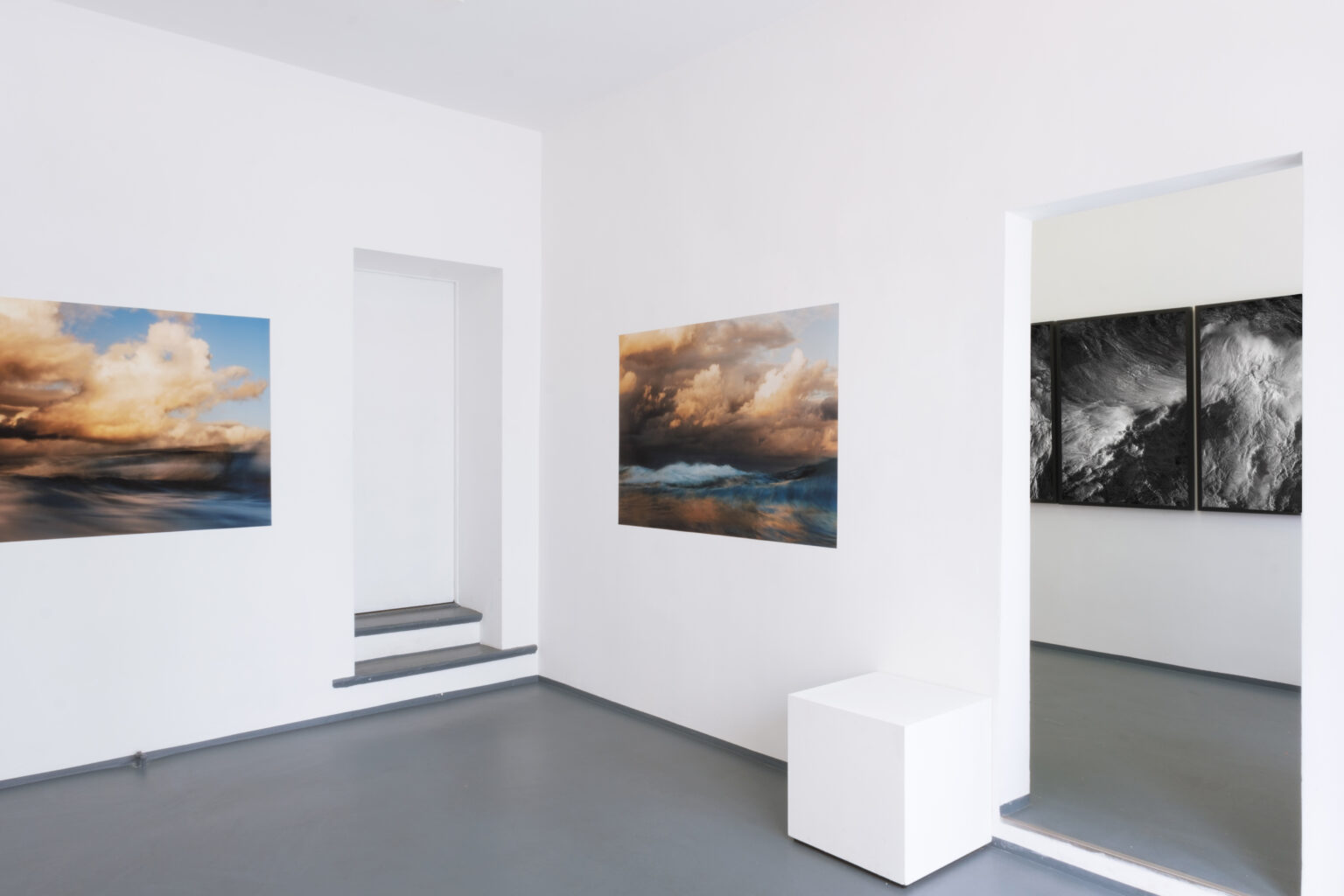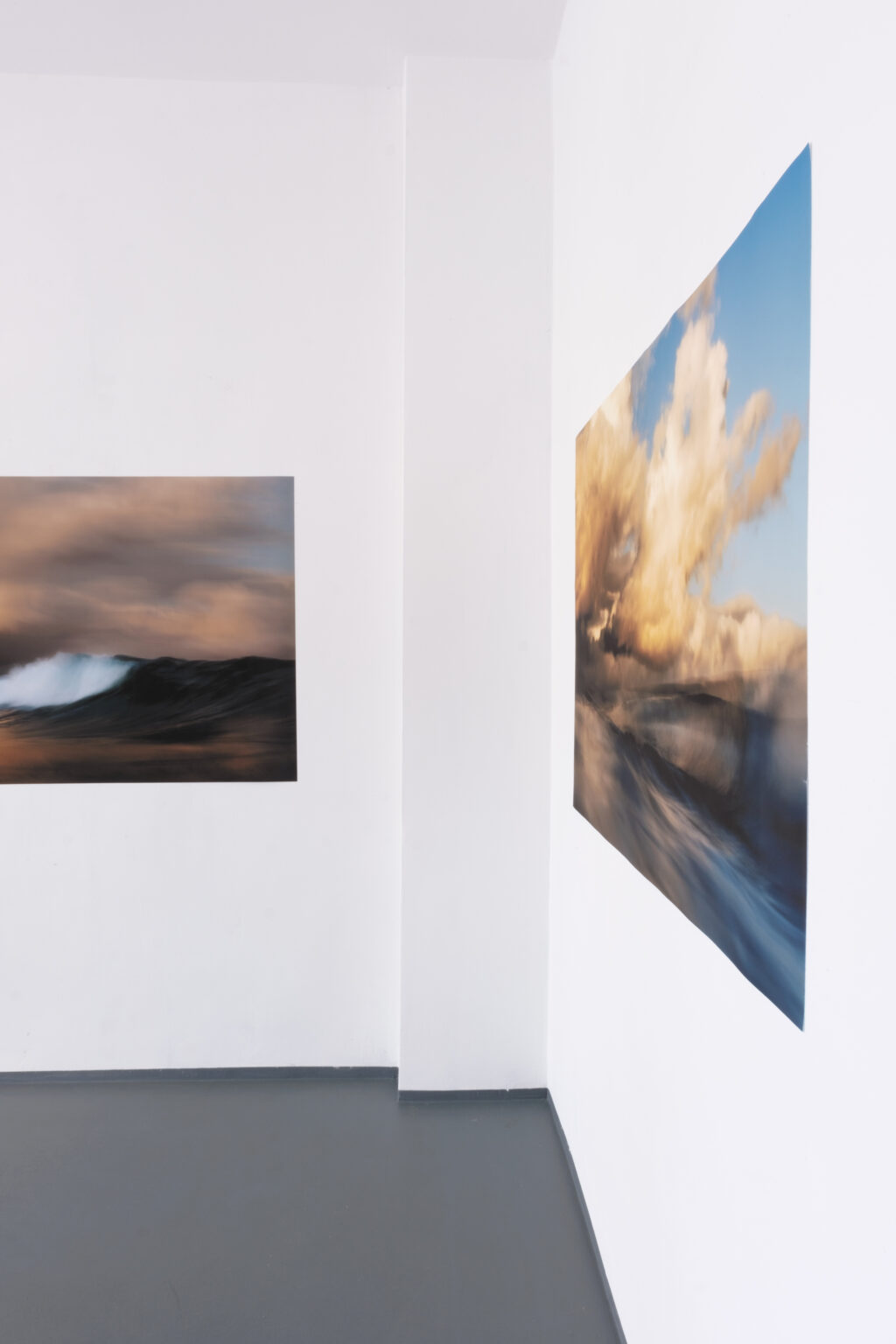After Turner
- Luke Shadbolt
- 4—29 Aug 2025
- Download now
- Berlin
Michael Reid Berlin is delighted to present a luminous new solo exhibition by acclaimed contemporary photographer Luke Shadbolt, a star in our stable of represented artists, who returns to the German capital this August.
Titled After Turner, this bold, chromatic new suite of photographs marks a striking evolution in Shadbolt’s practice, inspired by the radical romanticism of J.M.W. Turner.
Photographed over a single late-summer evening, After Turner reflects Shadbolt’s deep fascination with natural phenomena, focusing his lens on a fleeting and fiery interplay of light, water and atmosphere. Physically and conceptually immersed in his subject, the artist employed slow-shutter techniques within an underwater housing to capture images that blur the line between photography and painting.
“In this series, I’ve tried to accentuate the painterly capabilities of the photographic medium,” says Shadbolt, who cites Turner’s experimental brilliance – particularly his vivid, emotive colour – as a key influence.
Working in dialogue with Goethe’s colour theory and Turner’s expressive legacy, After Turner is at once homage and innovation – a contemporary meditation on light, violence, transcendence and the sublime.
Please email colinesoria@michaelreid.com.au
What were some of your earliest creative influences?
I remember having the classic Van Gogh and Monet posters in our house. I was really into Hieronymus Bosch as a kid, too. I’m not entirely sure how I was introduced to him, but I loved drawing monsters and dinosaurs, so that seemed like a pretty epic version of that. Drawing cartoons of an afternoon – Rugrats and The Simpsons – that’s another core memory. I remember a book we had on how to take care of your pet, and there was a photograph of a puppy in there that I was obsessed with. I must have drawn it dozens of times.
I’d say my mum influenced me the most. She was a teacher and would always have craft activities, paints or some sort of creative pursuit for me to try out. I remember she brought home oil paints one time, and an instructional manual on how to paint an “Australian landscape”. I think I was 12 maybe, but I still vividly remember the smell of the paint and turps and canvas. I still have that painting somewhere. There were a lot of inspiring people from where I grew up, too. Ryan Heywood, Nick Macarthur, the whole “Outskirts” group.
Dustin Humphrey was my biggest inspiration for surf photography when I first started out, though I’d say why I was drawn to him was because he was more of a landscape photographer, really. There was also Jon Frank, Trent Mitchell and Phil Gallagher. I was a big fan of Richard Bailey’s fashion work; he seemed to really champion the landscape as well. At some point, I was also introduced to Turner and Twombly and reintroduced to Monet, all of whom I became completely enamoured by. Impressionism and the abstract expressionists were probably the two most influential movements that inform my practice.

“The lighting conditions were pretty magical. A storm on the horizon, clear skies behind me, an intense orange sunset glow. The real challenge is knowing the environmental conditions and also being available when they present themselves.”
Luke Shadbolt
What was the starting point for your new series, After Turner?
It was, in essence, an attempt to mimic the sort of effects Turner would achieve in paint, with a camera. I’d been playing around with slow shutter for a few years, starting back when I was still photographing surfing. It wasn’t a direct reference to Turner back then, mind you, but more because I thought showing the movement of waves and people riding them was a poetic way of illustrating what is so much more than just a sport.
Shooting slow shutter also adds an element of chance to the act of taking the photograph, which added a layer of excitement. A similar feeling to what you get from shooting film, in a way, the anticipation and unknown result. That was the starting point, really. I thought there was a lot of room for comparable outcomes. Lots of trial and error, mostly error.
What aspects of Turner’s work appealed to you?
The way he creates a sense of movement really speaks to me. It captures the frenetic energy of watching waves crash against a cliff top or, in his case, a sailing ship.
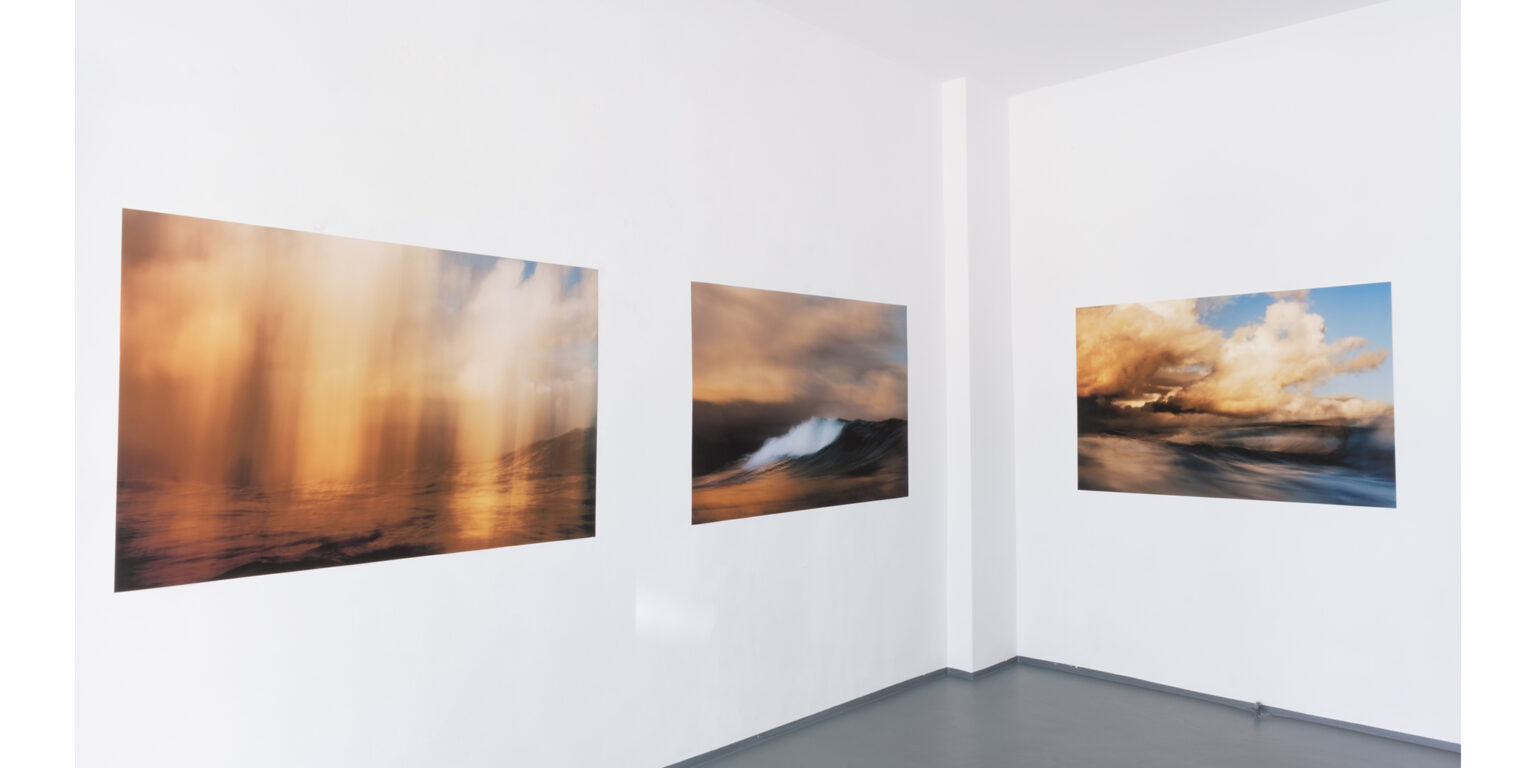
What were some of the challenges of the series and how did you resolve them?
Photographing in the water is always fun; it’s what got me into photography in the first place. Shooting from a water housing is a little tricky, but otherwise, the major challenge was just waiting for the right lighting conditions.
I remember that afternoon well; I’d met my friend for a surf, but the waves weren’t all that good. The lighting conditions, however, were pretty magical. A storm on the horizon, clear skies behind me, an intense orange sunset glow. The real challenge is knowing the environmental conditions and also being available when they present themselves.
How did the series evolve through the process of shooting, editing and producing it?
I guess the most interesting thing is these images were photographed back in 2020. I’m never in a rush to edit my photographs. At the time, I was awaiting the arrival of my firstborn, it was the early stages of Covid and, without knowing it, I was bookending a time in my life that right now, in hindsight, I can barely comprehend. I’d checked the waves to see if it was worth going for a surf, and I noticed the bank of clouds forming overhead. I opted for a swim instead and grabbed my water housing, thinking it looked like an interesting sunset. I’ve got another baby (8 months old, absolute legend) and so there is a bit of a mirroring effect by releasing these images now.
How does the series build on the ideas and approaches of your work to date?
It’s an extension of what has come before. My last series was also heavily influenced by Turner, but I would say not as direct. It’s been nice working with a bit more colour this time, and for it not to be so much about the waves and swell as it is about the light. I do hope it offers a window into the sublime, though that’s my subjective view. It’s more interesting keeping it open to interpretation. I’ve been working on expanding into different mediums, so hopefully there’ll be an opportunity to present that work in the near future.


